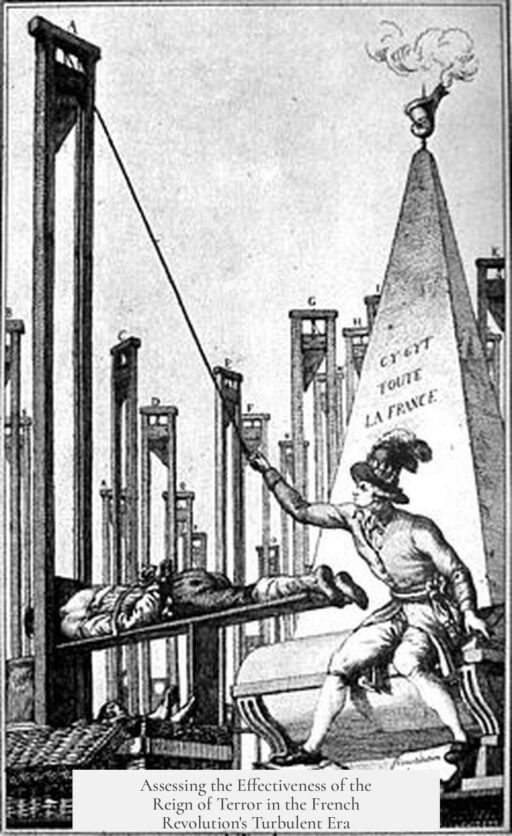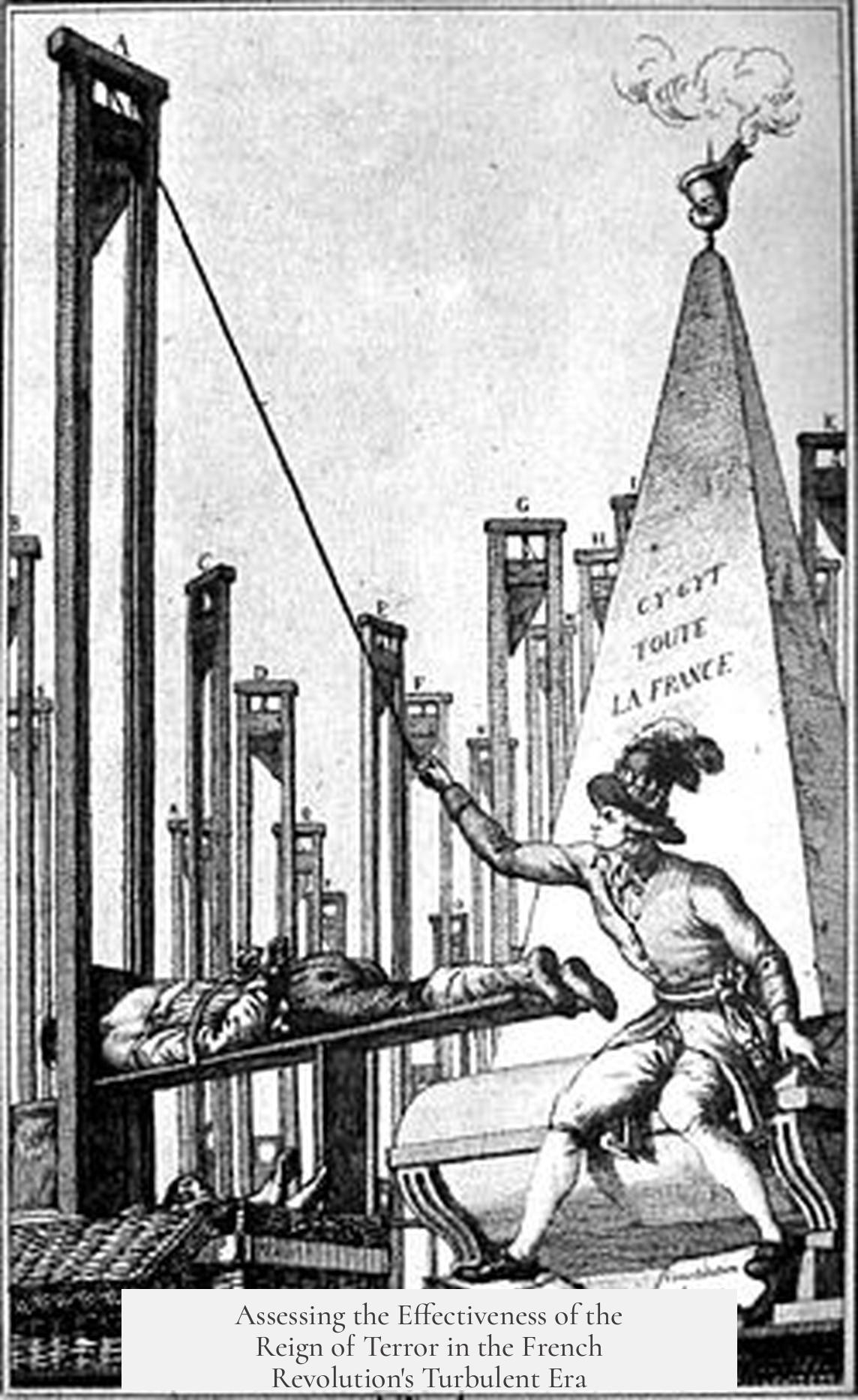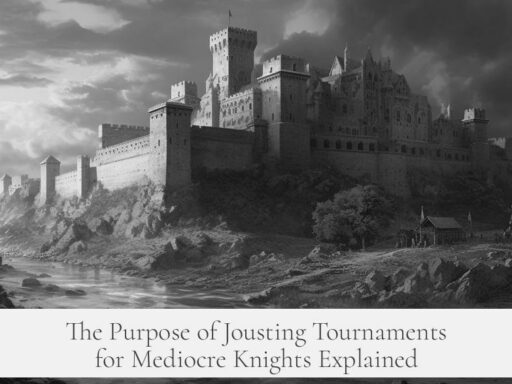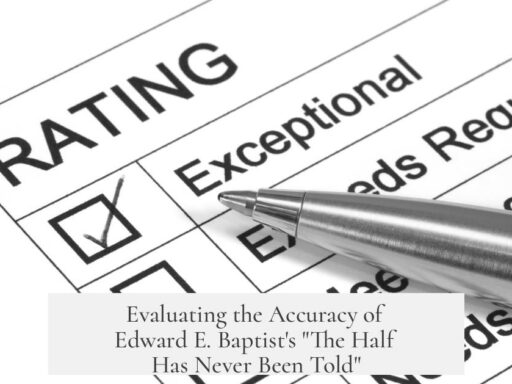The Reign of Terror was highly effective in addressing the multiple crises faced by the French Republic during the Revolution, but its success came at a significant human and political cost that ultimately undermined its own position and legacy.
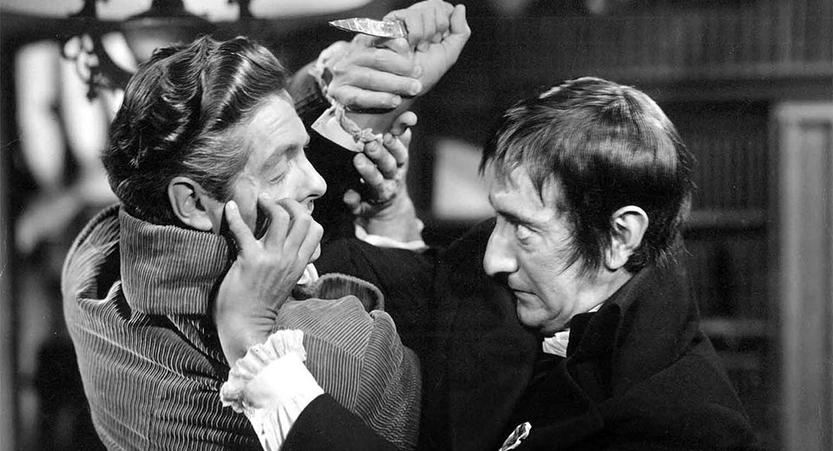
The Terror began in June 1793 as a temporary emergency regime. It granted extraordinary powers to two parliamentary subcommittees—the Committee for Public Safety and the Committee for General Security. These bodies were tasked with managing a complex and threatening situation facing France.
At the time, France was involved in external wars against a broad European coalition attacking from multiple directions. Simultaneously, an internal civil war raged in the Vendée region. The economy was in severe decline, threatening famine, and political tensions were high after the assassination of the popular deputy Marat. The government feared chaotic reprisals by revolutionary mobs if the situation was not controlled.
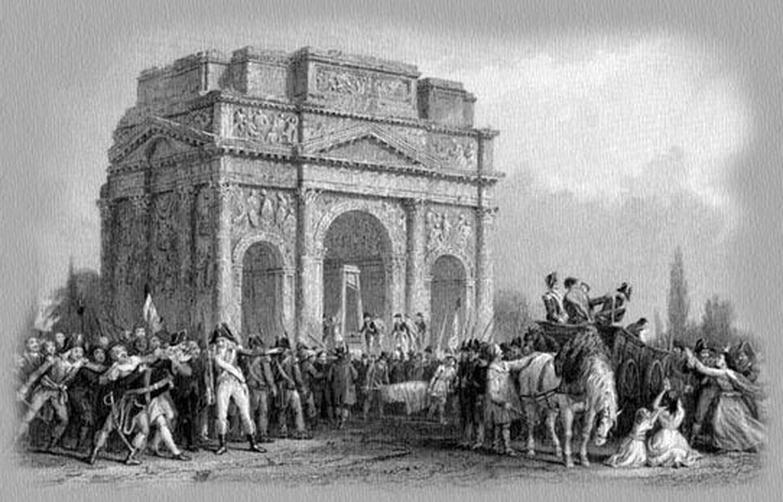
In response, the Terror aggressively targeted these threats. The civil war in the Vendée was largely suppressed by the end of 1793, with ongoing insurgent attempts being systematically dismantled. Economic interventionism curbed runaway inflation and averted famine during the winter months. The government redeployed troops from the Vendée to other fronts, enabling successful counter-offensives that pushed invading armies beyond France’s borders, even leading to French advances into Austria’s Netherlands and Catalonia.
However, this effectiveness had a dark side. The wars and political repression led to hundreds of thousands of deaths. Scores were executed or imprisoned under suspicion, fostering widespread fear. Command enforcement varied, with some generals and commissioners acting with less brutality than others. Nonetheless, the heavy human cost alienated some early supporters of the Revolution. Many grew disillusioned or felt victimized by the extreme measures.
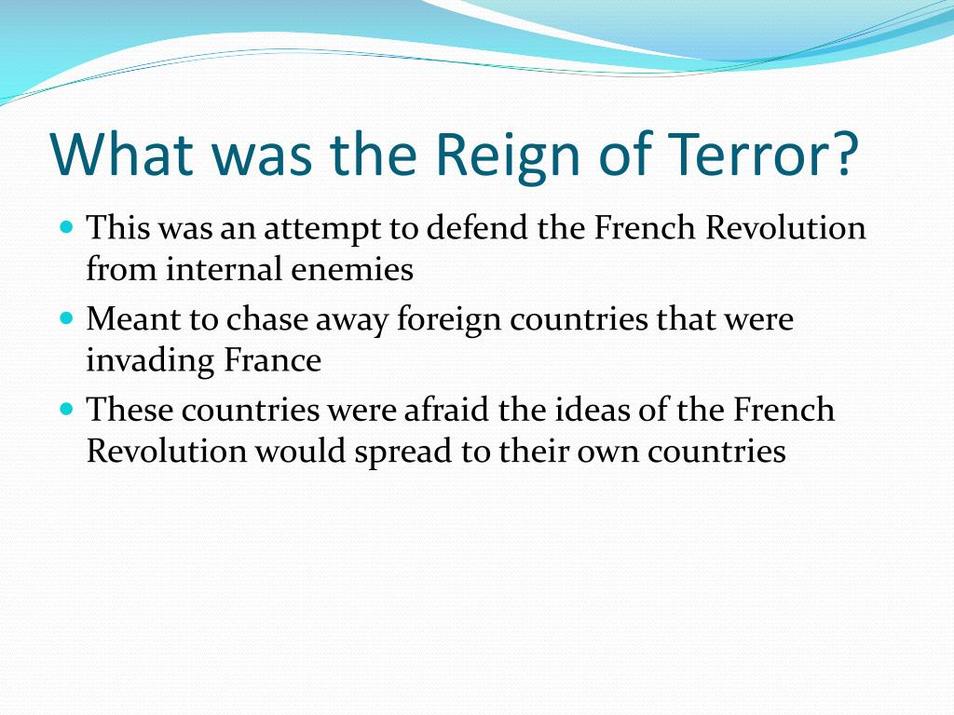
The Revolution itself was fractured, composed of diverse ideological groups from moderates to radicals. The Terror represented a fragile, temporary alliance rather than a unified consensus. Its emergency powers were a response to unprecedented crises, not a reflection of a single ideological vision.
Ironically, the Terror’s success precipitated its downfall. Once key threats diminished, the government’s violent methods appeared intolerable. The regime lost legitimacy and was overthrown in the Coup of 9 Thermidor (July 1794). Subsequent governments rescinded the Terror’s policies, but this triggered a resurgence of famine, renewed Vendée insurrections, and monarchical reprisals—suggesting previous harsh policies were more effective in maintaining order.
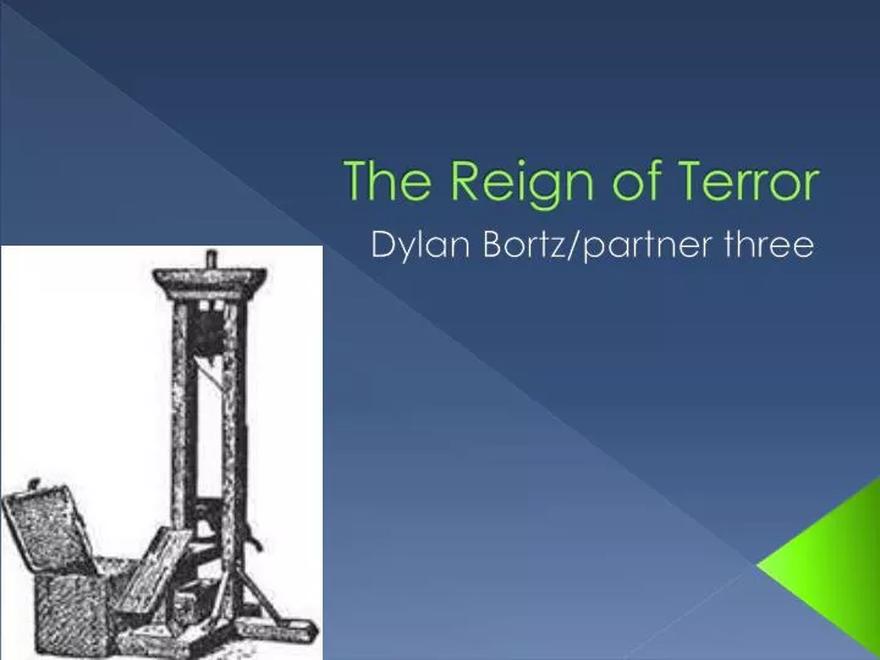
In the longer term, the Terror’s legacy complicates assessments of its effectiveness. While it stabilized the Republic in the short term, it also stained the Revolution’s reputation. Conservative and counter-revolutionary factions have used the Terror’s violent image to discredit democratic ideals. The repressive period paved the way for the oligarchic Directory and eventually Napoleon’s Empire. Since the 20th century, the Terror remains a potent symbol in political discourse and cultural memory, often invoked by the far-right in France, particularly concerning contested events like the “Vendean genocide.”
| Aspect | Effectiveness | Cost/Consequence |
|---|---|---|
| Military Control | Successfully repelled external enemies, crushed internal rebellion | High casualties, prolonged violence |
| Economic Stability | Price controls averted famine temporarily | Famine return after policy reversal |
| Political Order | Maintained revolutionary regime under crisis | Political repression alienated allies, caused fear |
| Long-Term Impact | Preserved republic short-term survival | Undermined democratic ideals, led to authoritarian regimes |
- The Terror was a temporary emergency response to multiple crises, effective in military and economic terms.
- Its harsh methods caused significant loss of life and political alienation.
- Once crises eased, the extreme measures became unsustainable, leading to regime change.
- The Terror’s legacy contributed to both conservative backlash and authoritarian shifts post-Revolution.
- The complexity of the Revolution meant the Terror was a fragile and controversial episode with mixed ideological support.
How Effective Was the Reign of Terror in the French Revolution?
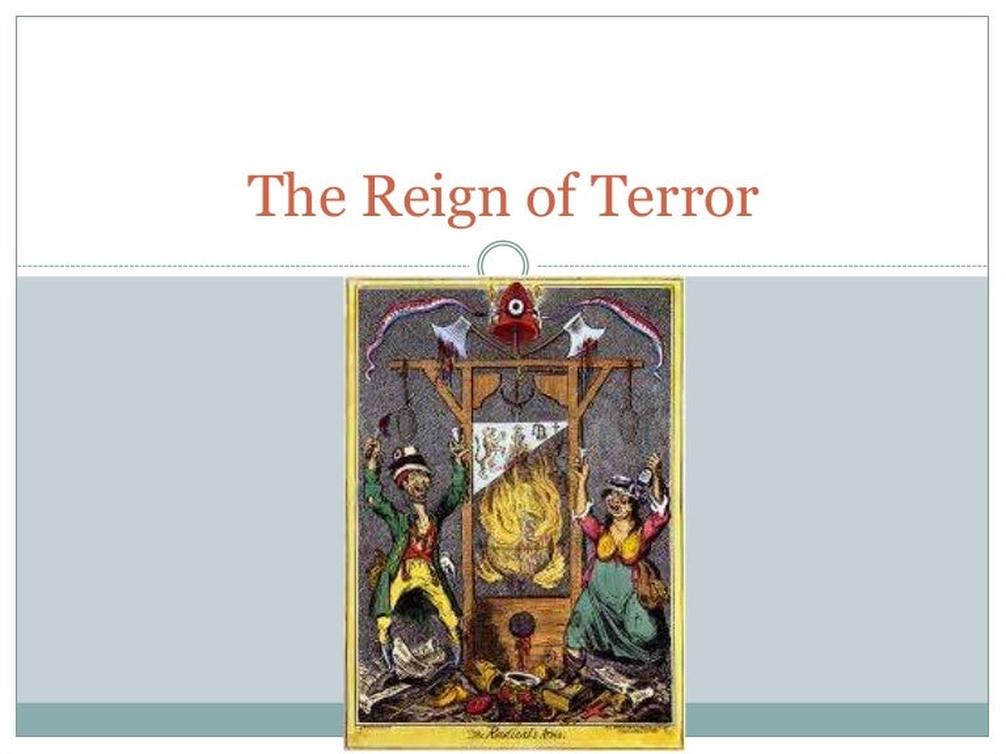
Was the Reign of Terror an effective tool during the French Revolution? Absolutely, yes—but with grave costs and complex consequences. Let’s unravel this historical rollercoaster and discover how this emergency regime managed immediate crises yet sowed seeds of future challenges.
Picture 1793 France—a nation on the edge. Invaded on multiple fronts, riven by civil war, and teetering on economic collapse. The Reign of Terror wasn’t some ideologically driven, permanent government structure. It was a short-term, emergency power grab by two parliamentary groups: the Committee for Public Safety and the Committee for General Security.
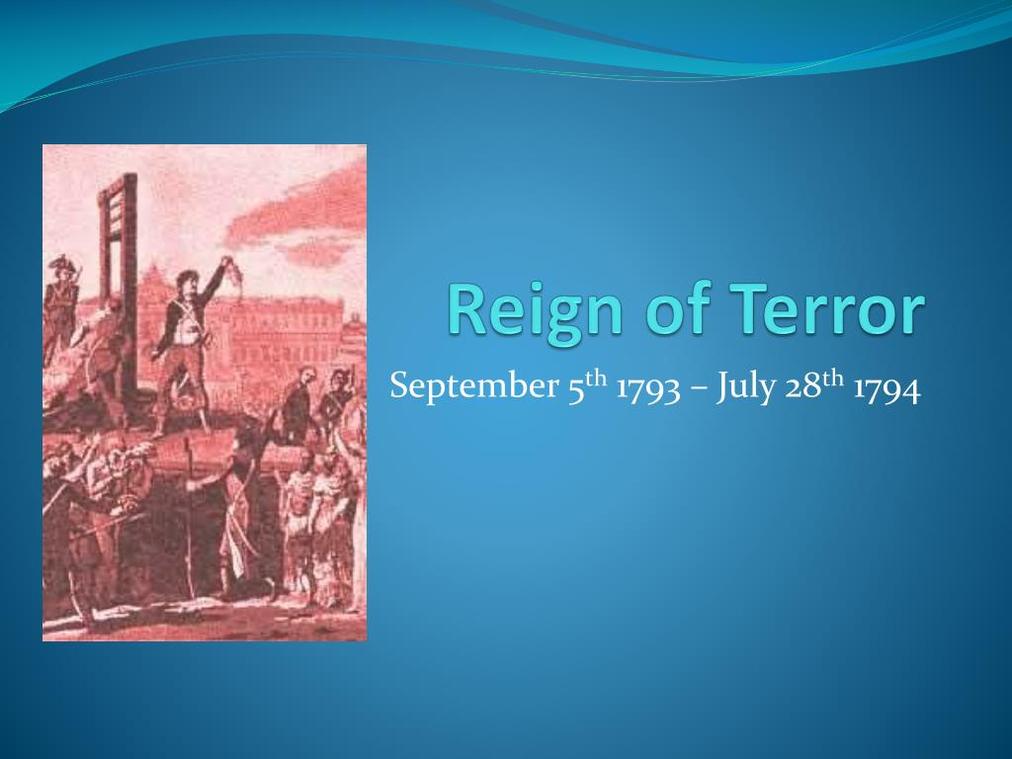
These committees were handed extraordinary powers, but only temporarily. Their mission? Stem the multiple bleeding wounds that threatened to kill the Republic.
Facing a Cauldron of Crises
The Republic was fighting hard, but losing—simultaneously—to a coalition of foreign armies attacking from the Northwest, Northeast, Southeast, and Southwest. Imagine defending your house while enemies surround every window and door. Internally, the civil war in Vendée was tearing apart the country since March 1793, like a wildfire fueled by deep social unrest.
Adding fuel to the fire was an economic disaster. The economy was tanking. Food shortages were looming. Inflation was out of control. Then, political drama struck: the murder of Jean-Paul Marat, a popular but controversial deputy, shook the nation. There was widespread fear that mobs might take justice into their own hands, sparking uncontrolled lynchings. Something had to be done—and fast.
Was the Terror Effective in Quelling These Threats?
Here’s where the Reign of Terror actually shines. The civil war in Vendée was mostly crushed by the end of 1793. Attempts by insurgent leaders to rally their forces again during the spring of 1794 were systematically thwarted.
Meanwhile, government intervention curbed inflation by controlling prices. This careful economic push helped avoid famine during the harsh winter months—a crisis averted in the nick of time.
Freed from the Vendée frontline, troops took the battle back to foreign enemies with vigor. Not only were the invading armies pushed beyond France’s borders, but French forces also launched successful invasions into the Austrian Netherlands and Catalonia. Now that’s turning the tide with style.
The Unseen Price: Blood and Alienation
But—not to be the buzzkill here—this victory came at a staggering cost. Hundreds of thousands died in wars. Political repression claimed tens of thousands more lives. The exact level of government responsibility is murky because some generals and political commissars defied harsh orders, favoring leniency, while others doubled down on brutality.
The Terror’s severe methods disillusioned many early revolution supporters. What started as a fight for liberty sometimes felt like a betrayal, fueling alienation rather than unity. Sometimes, the very people who believed in the Revolution’s promise felt caught in its crossfire.
Fragmented Factions: No One True Revolution
It’s important to note that the French Revolution wasn’t a single-minded crusade. It was a volatile mix of factions: liberals, socialists, moderates, radicals—all with different visions. The Terror was less an ideology and more a temporary fusion of these conflicting agendas reacting to extreme pressures.
This patchwork makeup explains why unity was fragile and the Terror’s authoritarianism felt like an emergency solution rather than the ultimate answer.
The Success That Spelled Its Own Doom
The effectiveness of the Terror ironically led to its downfall. Once the immediate crises were managed, the extreme measures and bloodshed became increasingly unbearable. The government’s justification for harsh crackdowns weakened, because—surprise!—no emergency was screaming for such severity.
This shift culminated in the coup d’état of 9 Thermidor (July 27, 1794), which toppled the Terror’s leaders and marked the regime’s end.
What Happened After the Terror?
One might think relaxing the reins would usher in peace and prosperity. Nope. The next winter saw deadly famine return once price controls were lifted. The civil war in Vendée rekindled with renewed fury the following spring. Meanwhile, the government’s more lenient stance emboldened monarchist sympathizers eager for revenge.
This harshly suggests the Terror’s tough stance, as grim as it was, kept some fires from flaring up again. In other words, where soft approaches failed, the Terror had made its mark.
Lingering Shadows: The Terror’s Complex Legacy
Beyond immediate crises, the Terror’s legacy is a mixed bag at best. Although it aimed to secure revolutionary ideals, it arguably undercut them. The bloodshed and fear associated with the Terror became a tool for conservative critics and anti-democratic groups. They used its dark reputation as a warning against revolutionary zeal.
This rhetoric helped steer France toward the oligarchic Directory regime and eventually paved the way for Napoleon’s Empire. In the cultural imagination—through popular narratives and political speeches—the Terror often overshadows the Revolution itself, casting a long, grim shadow.
Even today, debates about the so-called “Vendean genocide” continue to stir controversy, particularly among far-right circles in France. The echoes of the Terror still resonate, showing how history’s scars can last centuries.
So, How Effective Was the Reign of Terror?
It was effective—unequivocally—in its immediate goals. Military defeats turned into victories. Famine was held off just when it threatened to cripple the nation. Internal rebellions were crushed. The Revolution survived when it easily could have collapsed.
But—there’s always a “but”—this came at enormous human and political costs. The horror and brutality shook the Revolution’s foundations, alienated allies, and complicated France’s future. The Terror’s dark reputation became both a historical burden and a cautionary tale.
What Can We Learn Today?
- Emergency powers can solve crises quickly—but they risk deep, lasting damage.
- Temporary unity in tumultuous times often masks deep factional divides.
- Economic interventionism during crises can avert disaster, but only if balanced carefully.
- The balance between security and liberty is brittle; tipping too far one way can delegitimize a cause.
- History often remembers not just events but how they’re portrayed politically and culturally.
So next time you think about the Reign of Terror, consider this: it’s not just about guillotines and mass executions. It’s about a nation hurting, trying to survive on all fronts, making brutal choices that worked… but with consequences that outlasted the moment.
“The Terror was a necessary evil, a medicine with a bitter aftertaste that shaped France’s future far beyond the guillotine.”
What’s your take? Can harsh measures ever be justified if they save a nation? Or are the costs too steep? The story of the Reign of Terror invites us to wrestle with these tough questions still.
